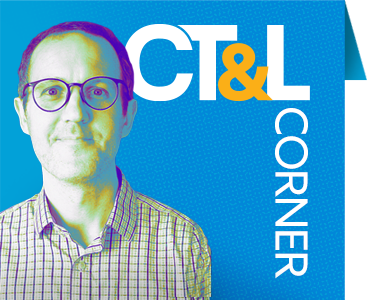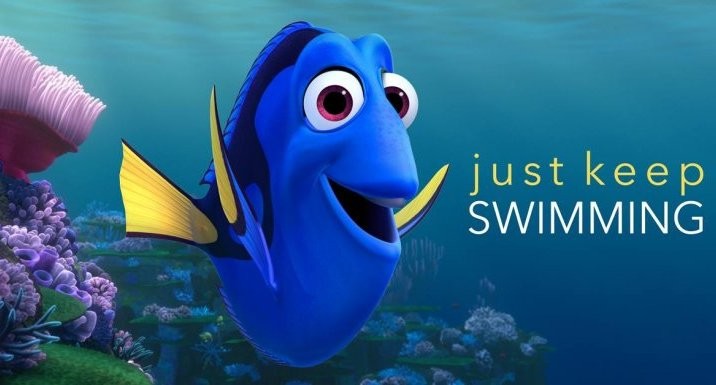Quitter’s Day is (unofficially) observed on the second Friday of January (thus, this year it was January 10). It refers to the day when ‘most people’ quit their New Year’s Resolutions, which are often framed in vague terms (with “exercise more,” “eat better,” and “save more money” being among the most popular). The language of SMART goals (specific, measurable, attainable, relevant, and time-bound, respectively) would lead us to believe that, if we only translated “exercise more” into something more tangible (“Three days a week, after work, I will walk for 30 minutes.”), then we could be well on our way. With tangible, quantifiable goals like exercise more and spending less at your local coffee shop, this approach seems reasonable. With more long-term goals, such as becoming a better writer or a more accomplished artist or musician, is there something that SMART goals might miss? One researcher thinks so.
Ayelet Fishbach is a researcher on motivation, focusing on an age-old question: how to help us stick with behavioral changes that are so easily abandoned (thus, Quitter’s Day for New Year’s Resolutions). Her work challenges us to consider when a goal is a means to another end or an end in itself: “Most goals are abandoned not because they’re unimportant, but because we want to be the person who has done it, not the person who is currently doing it.” In fact, her work has a clear message: enjoyment is a strong predictor of goal persistence. This aligns with Michelle Segar’s research on exercise: those who pursued physical activity for intrinsic reasons (getting to socialize on a walk, having time to yourself) tended to do more than those who exercised for admittedly important reasons (improving health ‘numbers,’ for instance). In addition, this intrinsic orientation provides us immediate benefits: walking with a friend does indeed contribute to our long-term well-being (both physically and socially), but it provides an enjoyable experience in the here and now. While we have plenty of messages about the need for delayed gratification, research suggests how strong (and beneficial) our need for immediate gratification can be.
Why am I telling you this? Often, when we ask students to do a particular assignment or learn a new idea/concept, we frame it in terms of how it will serve their future selves. I’m not disputing the value of building skills over time, but I’m wondering how we can invite something like the joy of walking with a friend into the work we ask students to do. John Warner observes that we often ‘sell’ the benefits of writing in terms of our future selves, and we miss out on the more immediate ‘benefits’ of engaging in writing: Paradoxically, he argues, writing being difficult in the here and now is what can make it rewarding in the not too distant future … like a puzzle that’s satisfying to solve. Emphasizing positive experience, and acknowledging it, is a place to begin.
Some of the work of change or learning (which is itself a kind of change) will always feel a little bit like work. I’m not suggesting that we can reduce the ‘blah’ to zero. Yet, when we crowd out the roles of engagement and enjoyment in persistence, we risk reducing artwork to only work. It’s not uncommon for people to say that you need to trust the process, really putting thought into how we can improve enjoyment of the process for students is, maybe paradoxically, one evidence-based way to support student motivation and persistence.



